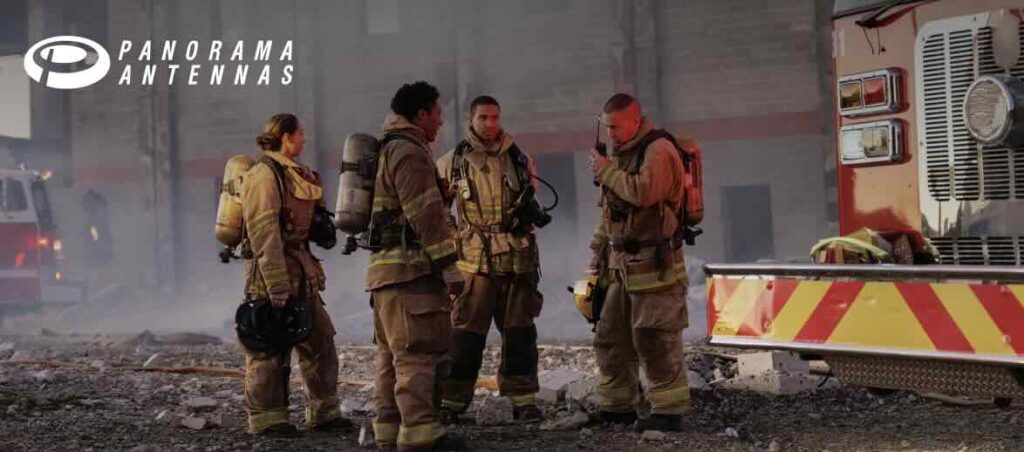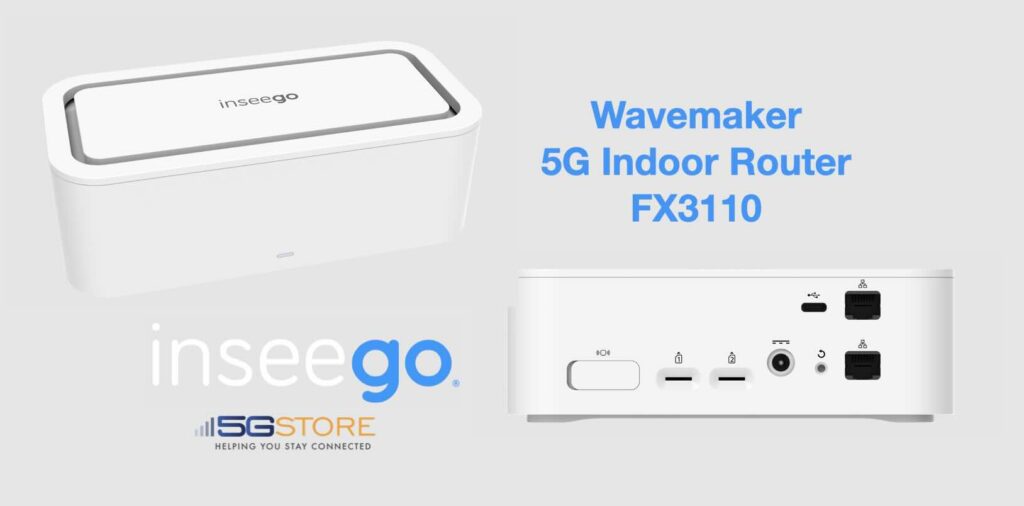A growing number of users are reporting widespread Internet disruptions today, affecting popular applications like Spotify, Discord, and major cellular providers including Verizon and T-Mobile. According to Downdetector.com, these issues are impacting users across multiple networks and services, which points to a potential issue with common DNS servers — such as those operated by Google […]
Tag: Verizon
Verizon Frontline and Cradlepoint by Ericsson: Powering the Future of Public Safety Communications
In an era where reliable communication is paramount for first responders, the collaboration between Verizon Frontline and Cradlepoint by Ericsson stands as a beacon of innovation and dependability. This partnership is reshaping the landscape of public safety communications, ensuring that emergency services are equipped with cutting-edge technology to respond effectively in critical situations. Verizon Frontline: A […]
Ookla’s Speedtest Report: Outstanding Mobile Connectivity Performance in the U.S. (2H 2024)
It’s finally here. The latest Speedtest Connectivity Report from Ookla. Once again, we get to see how our major cellular carriers stack up against each other. This particular mobile connectivity report provides an in-depth analysis of network performance across the United States for the second half of 2024. Based on millions of consumer-initiated tests, the […]
The Evolution of 5Gstore: Pioneers in Wireless Connectivity
For nearly two decades, 5Gstore has been a leader in the wireless connectivity industry, offering innovative solutions for 4G, 5G, and IoT technologies. However, this journey didn’t start in the telecommunications space. The company began as a software development firm in 1988, dedicated to creating software that helped businesses run more efficiently. The pivot to wireless technology […]
Panorama Antennas Becomes the First Verizon Frontline Verified Antenna Vendor
In a significant move for public safety communications, Panorama Antennas has been announced as the first antenna vendor to achieve the coveted Verizon Frontline Verified antenna status. This achievement underscores Panorama’s commitment to delivering high-quality, reliable antennas for first responders and emergency services. With Verizon’s award-winning network serving as the backbone for critical communications, Panorama’s […]
Introducing the Inseego FX3110 5G Router
We’re excited to announce the arrival of the Inseego FX3110, a cutting-edge 5G router designed to deliver fast, reliable, and flexible internet connectivity. Whether you’re looking to set up a failover solution or boost network reliability in demanding environments, the FX3110 offers several robust features to help meet your needs. Key Features of the Inseego […]
Verizon Unveils New Brand Identity and Customer-Centric Initiatives
Verizon has unveiled a comprehensive brand refresh alongside an array of new customer-focused programs, reinforcing its commitment to innovation and service. This announcement marks a significant milestone in the company’s ongoing efforts to offer more choices and flexibility to its customers. A Fresh Look for a Trusted Brand Verizon’s new logo, a glowing red “V” […]
Ookla Tests 5G Performance in the U.S.
The ongoing improvement of 5G performance in the United States is closely tied to the increasing availability of mid-band spectrum. In March 2024, T-Mobile began utilizing additional 2.5 GHz spectrum acquired in a 2022 auction, significantly boosting its 5G network capacity, particularly in rural areas. This led to a notable increase in median download speeds, […]
Why Isn’t 5G Home Internet Available Where My Phone Has 5G Service?
The promise of 5G is its revolutionary speed and connectivity, so it can be frustrating to have 5G service on your phone but find that 5G Home Internet isn’t available at your address. A representative at CNET experienced this firsthand, noting that their iPhone’s 5G connection outperformed their 5G Home hub. Why might this be? […]
Verizon Expands Private 5G Network Offerings with Nokia Partnership
In a recent announcement, Verizon reports having achieved a significant milestone in its quest for innovation. The completion of the first phase of certification to integrate Nokia Digital Automation Cloud (DAC) into its spectrum of supported offerings marks a pivotal moment in advancing private network solutions for businesses across various industries. This strategic move adds […]







